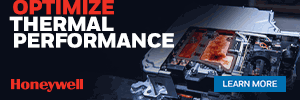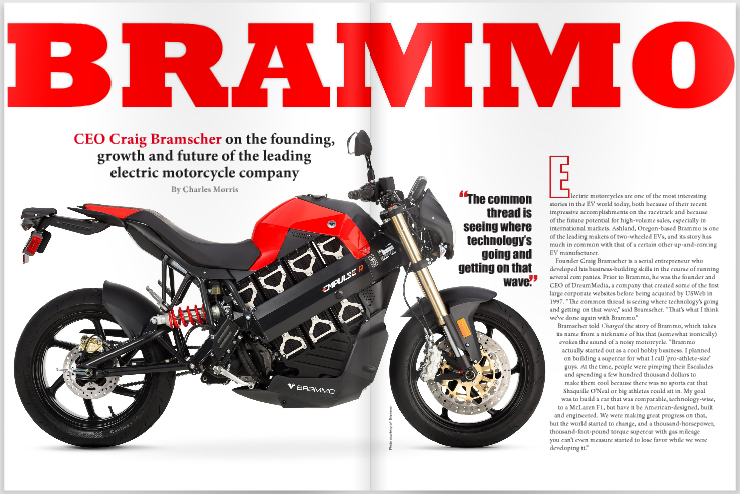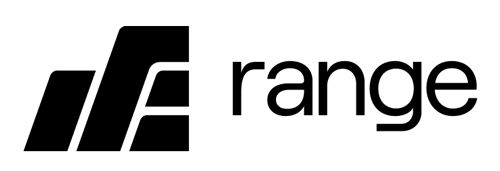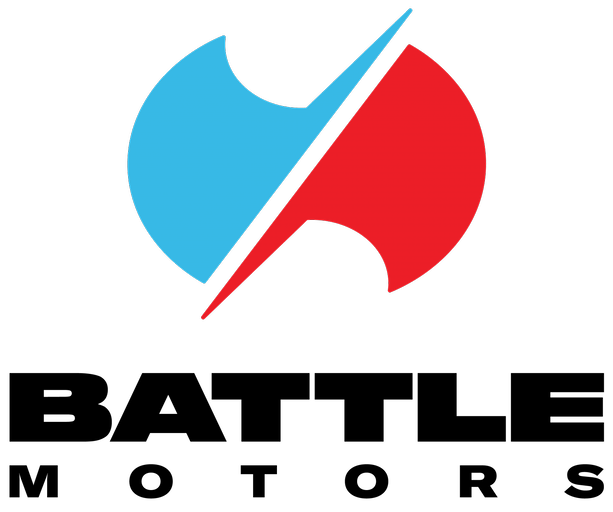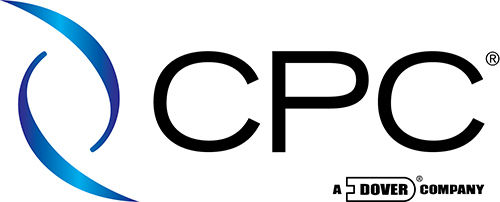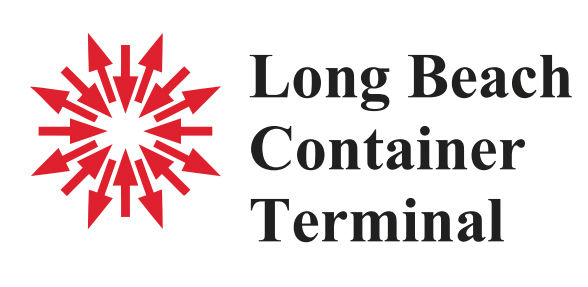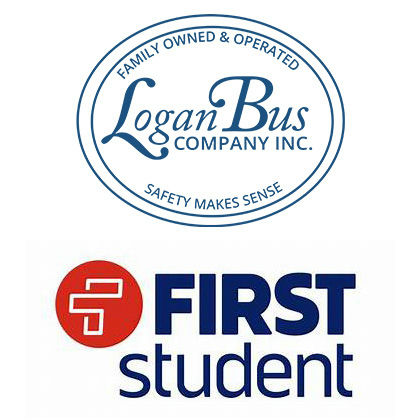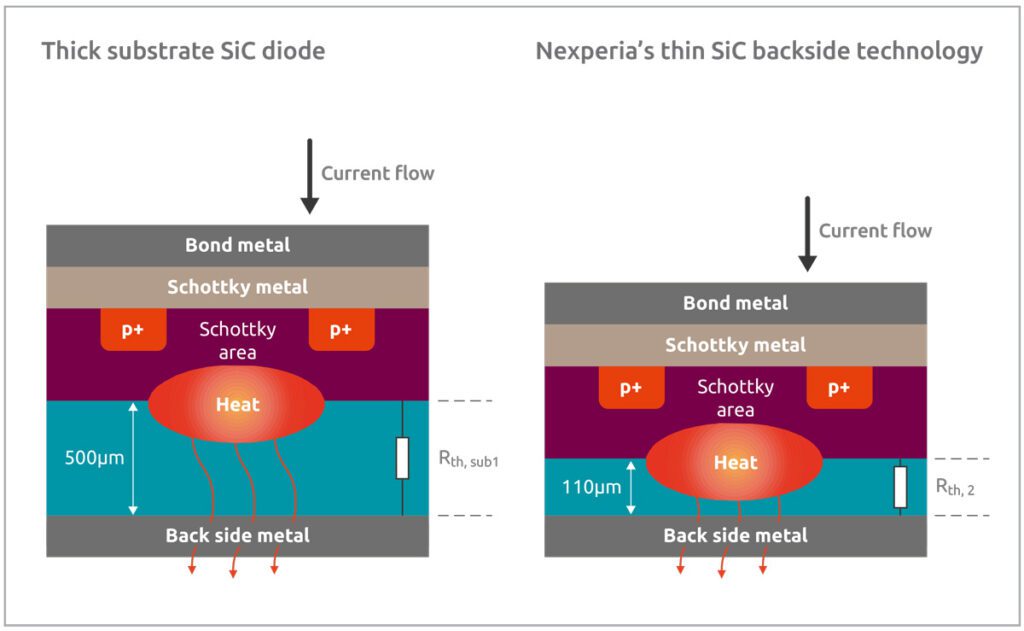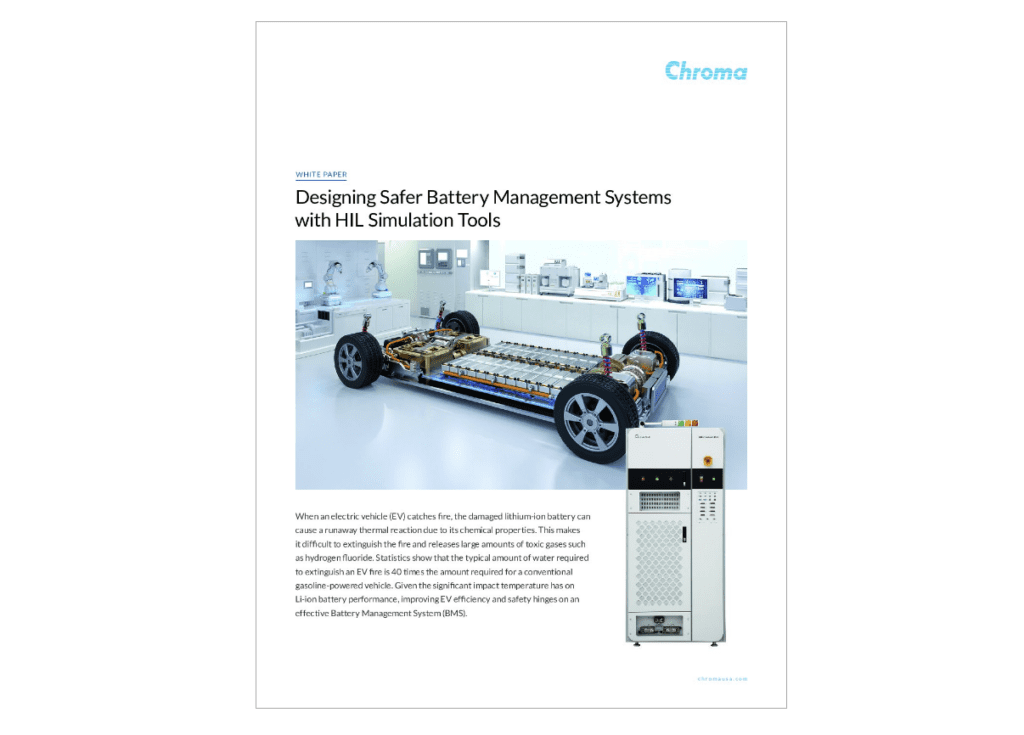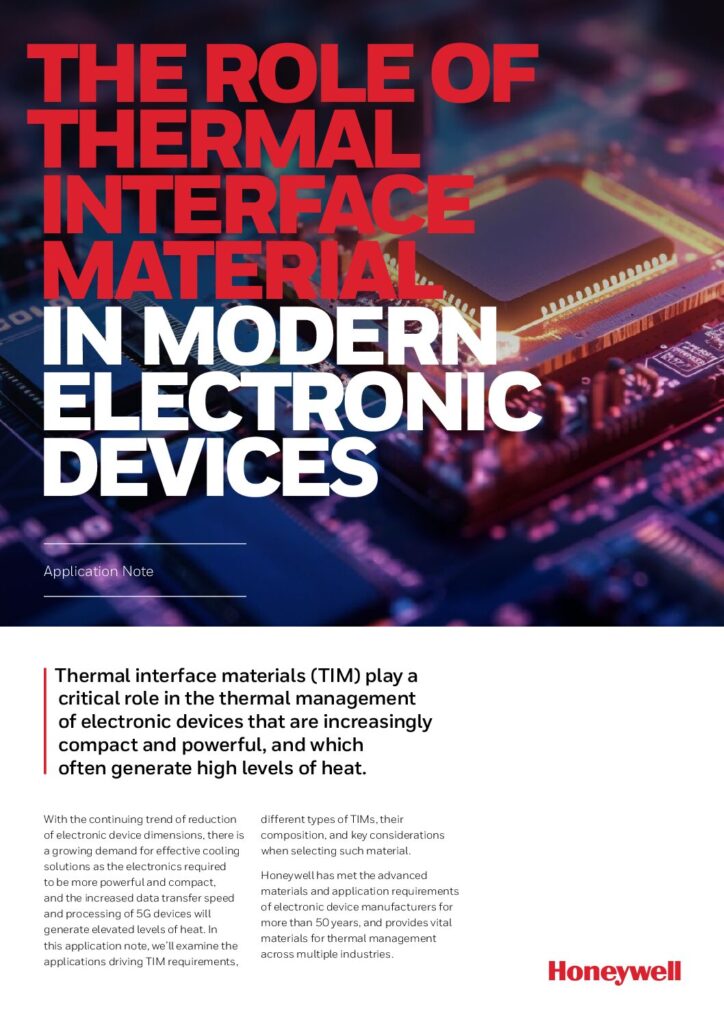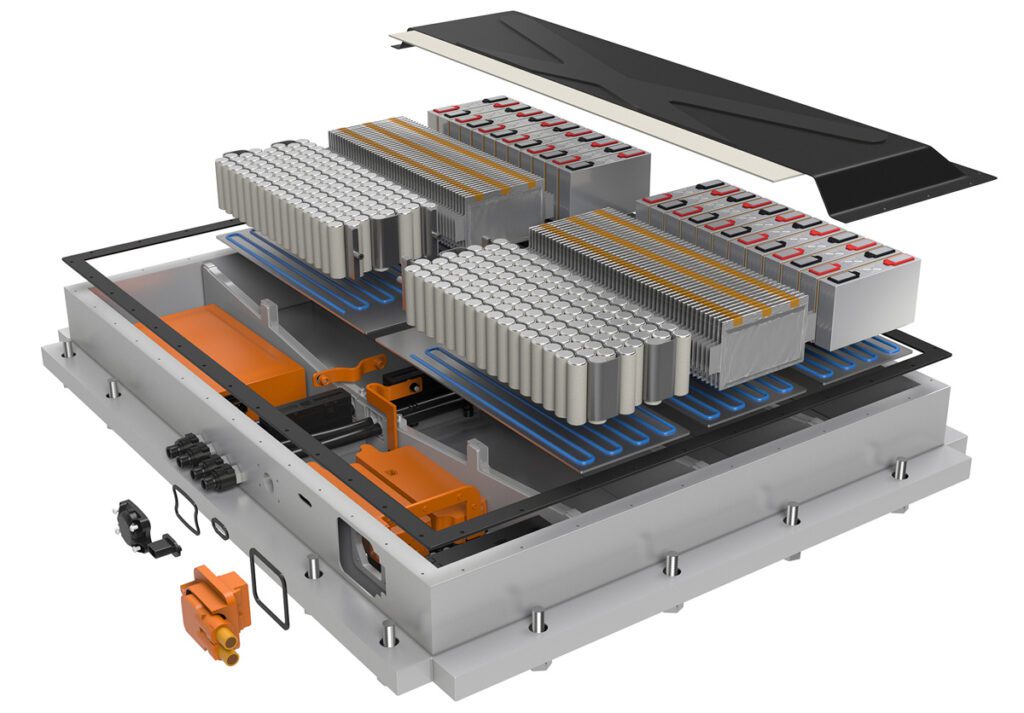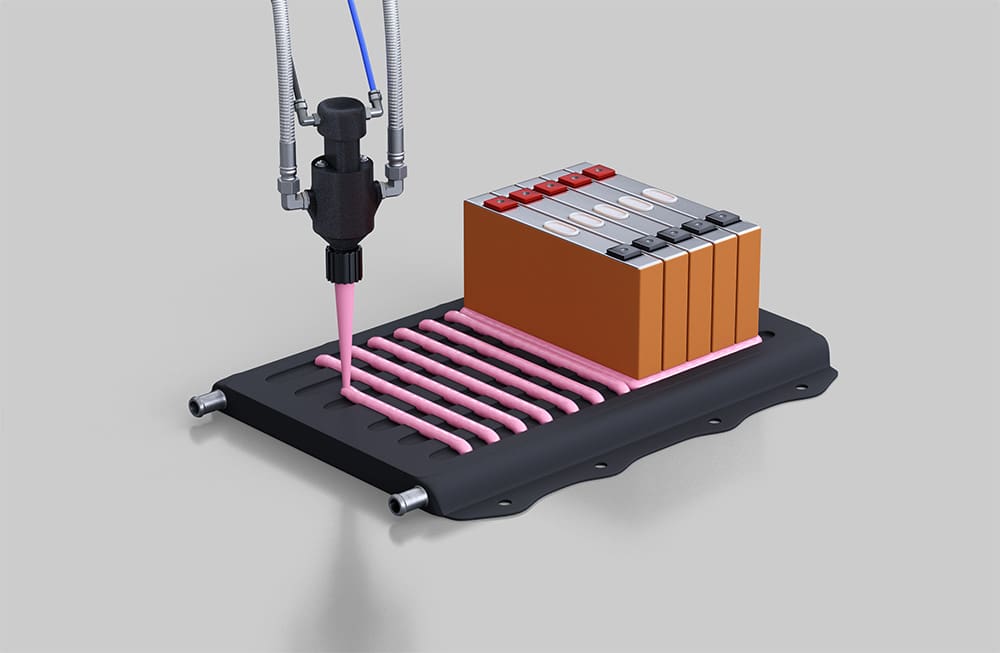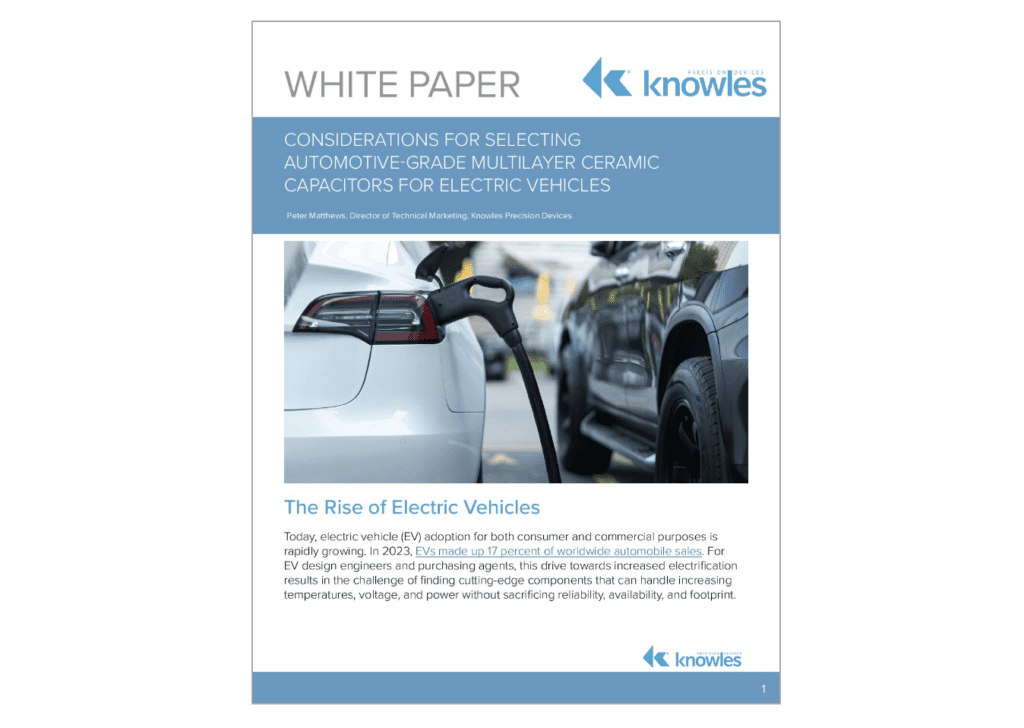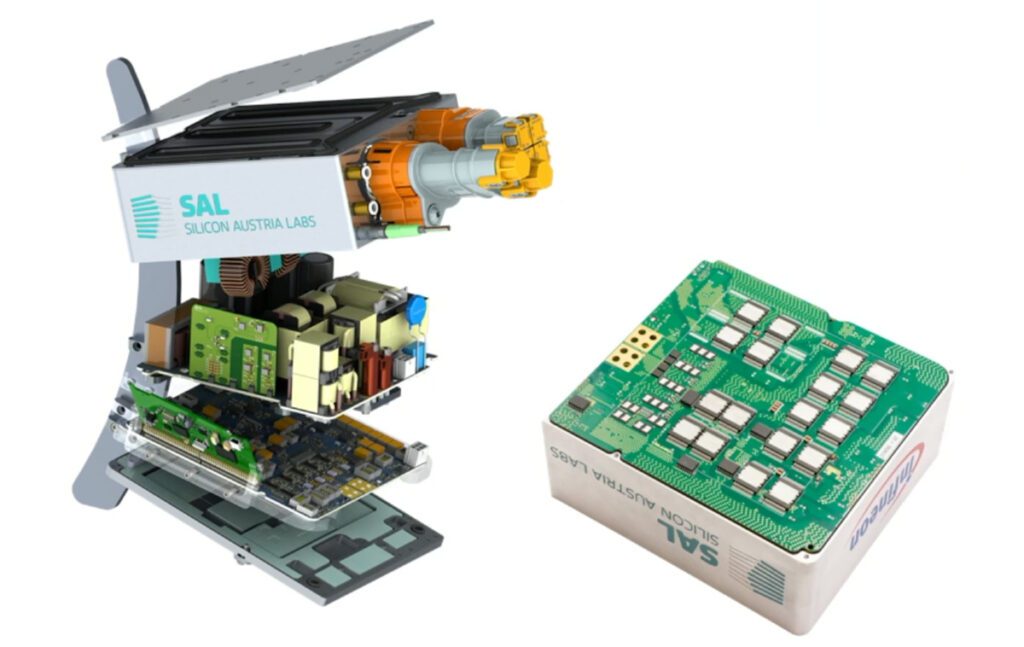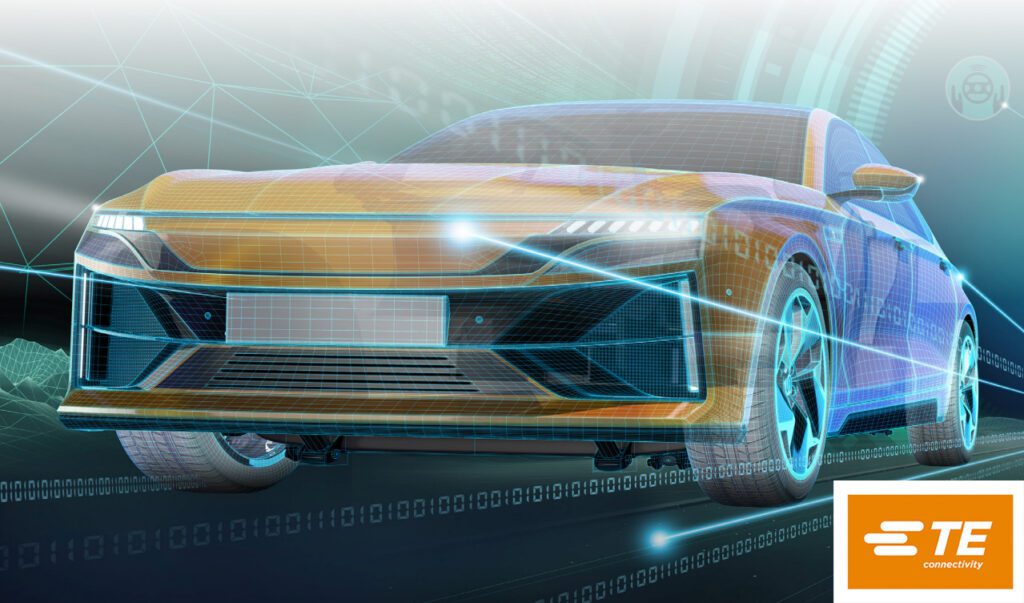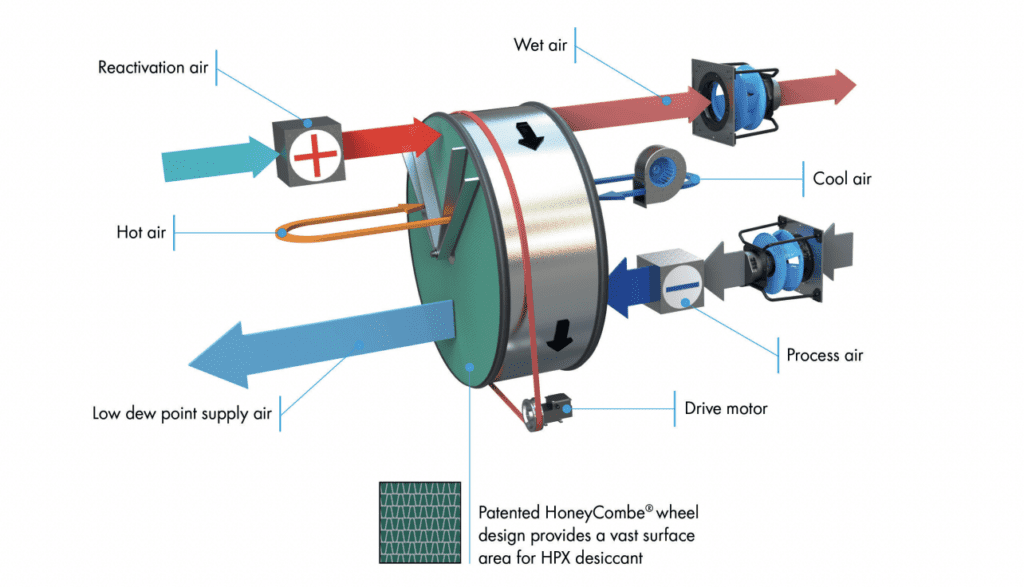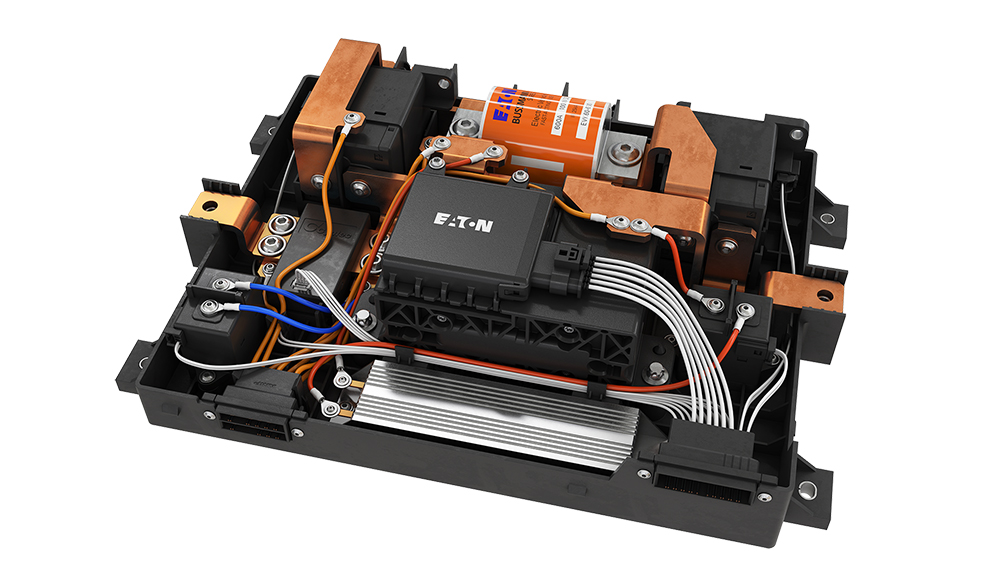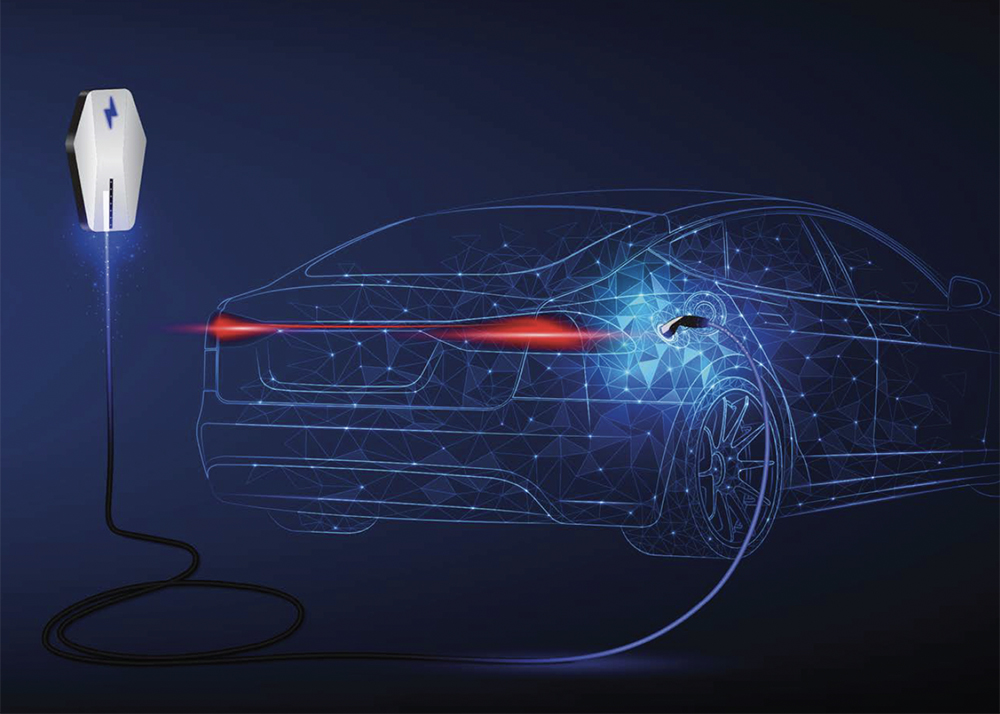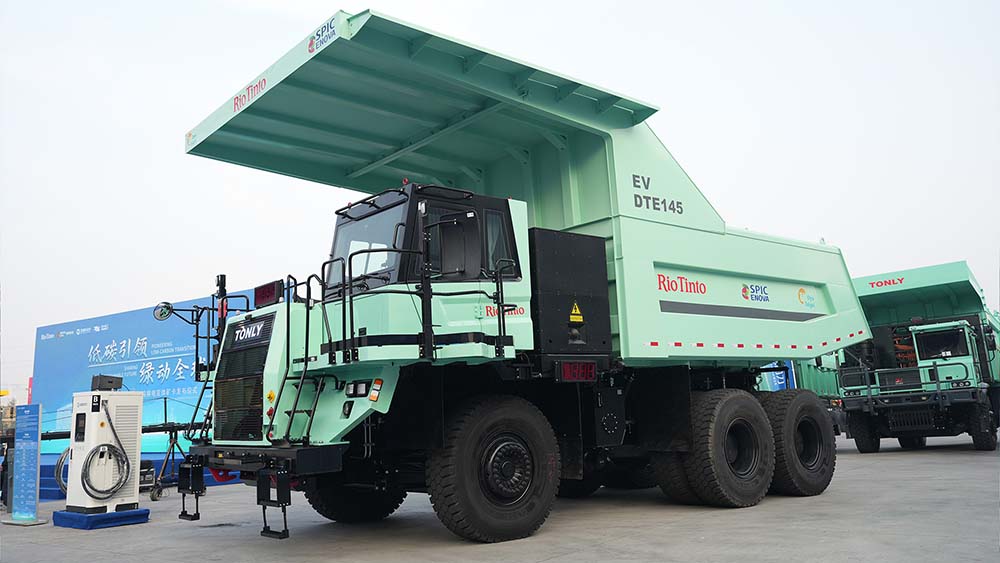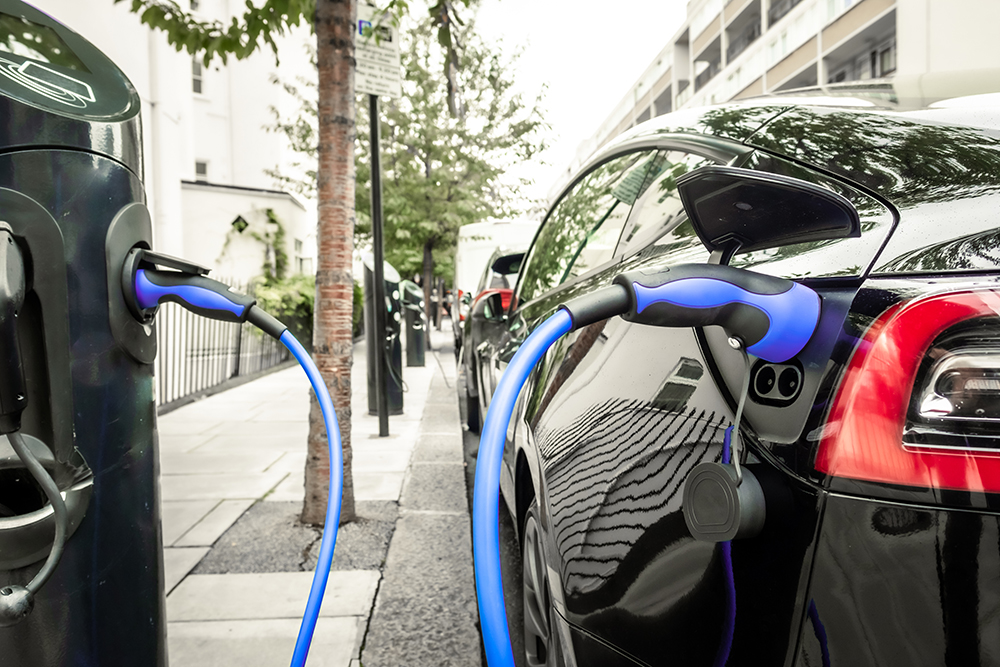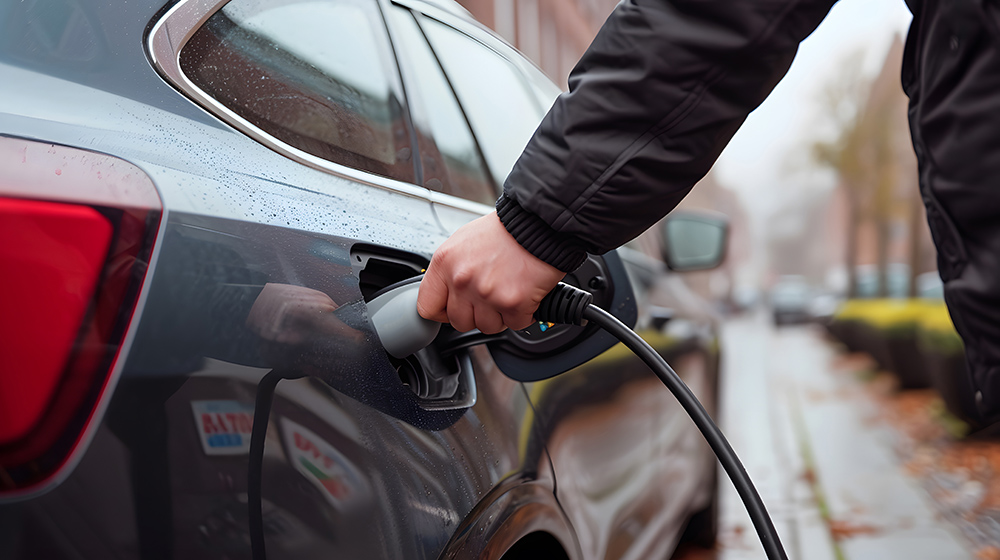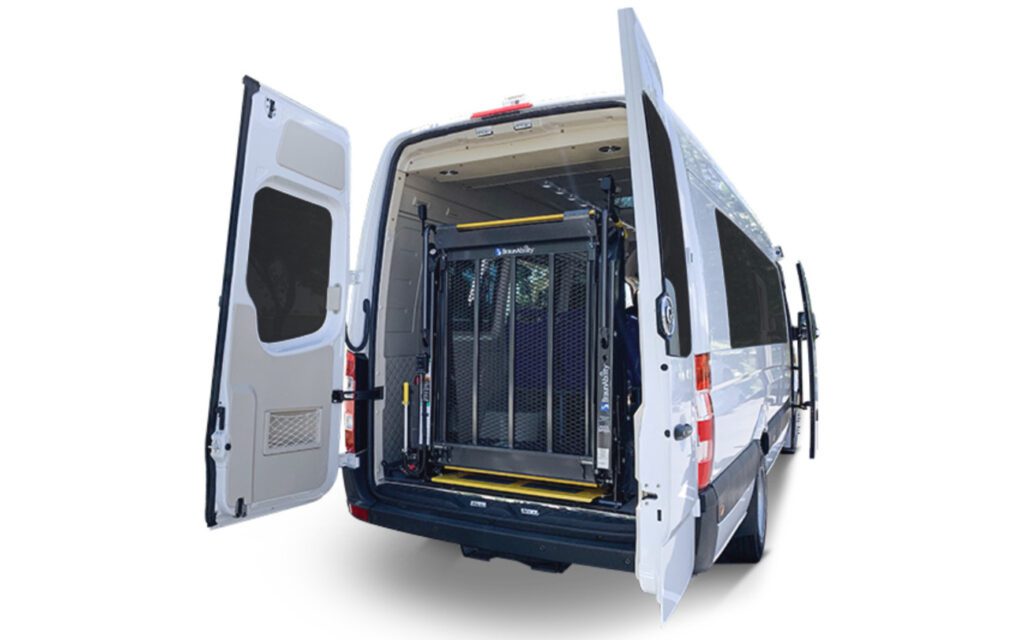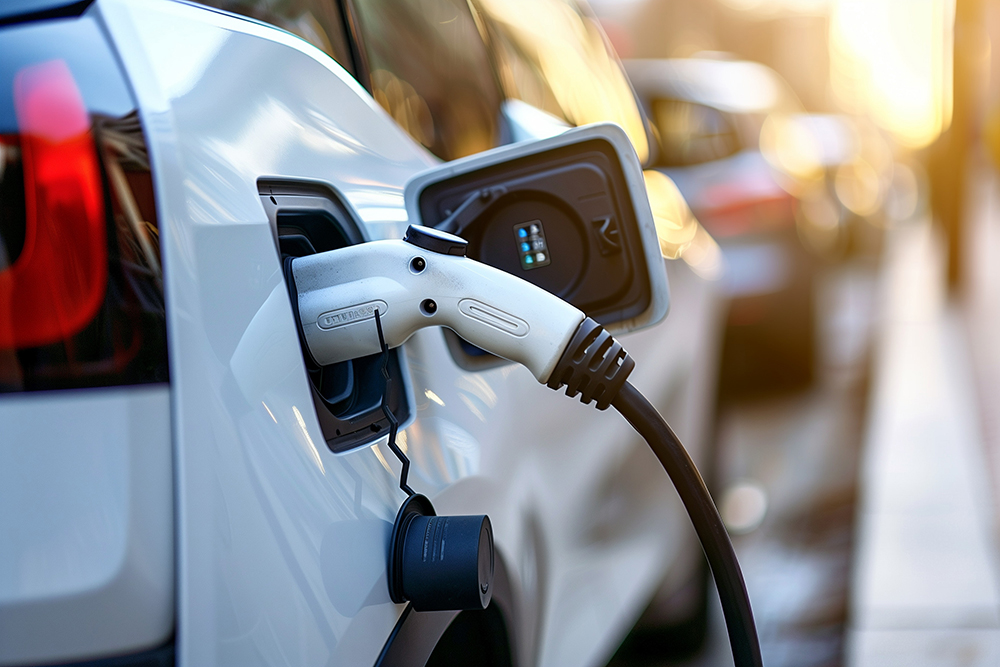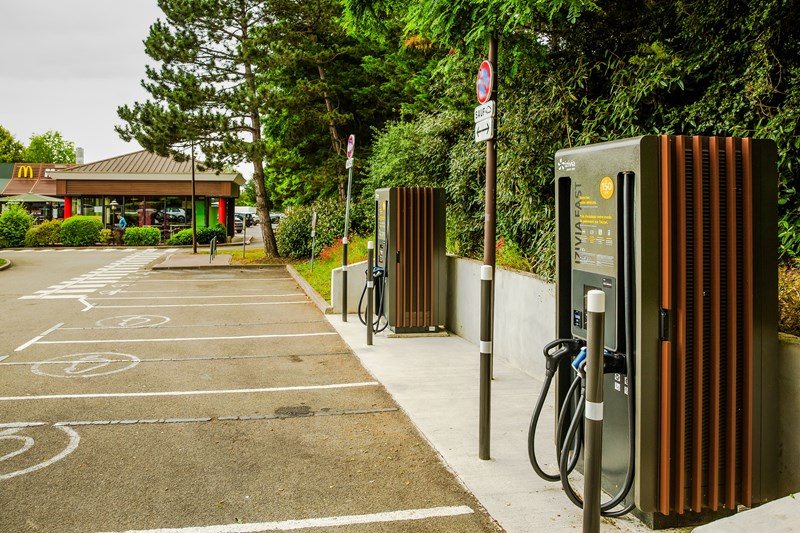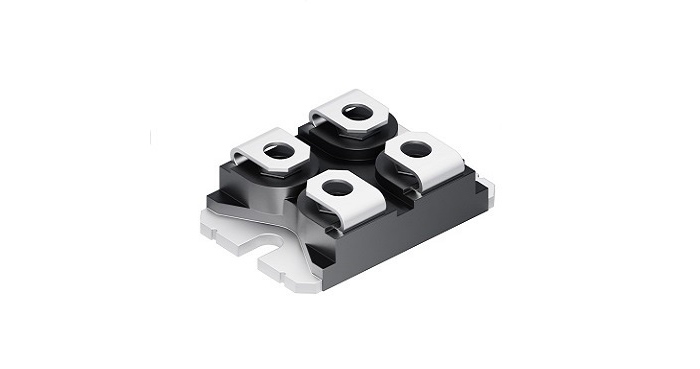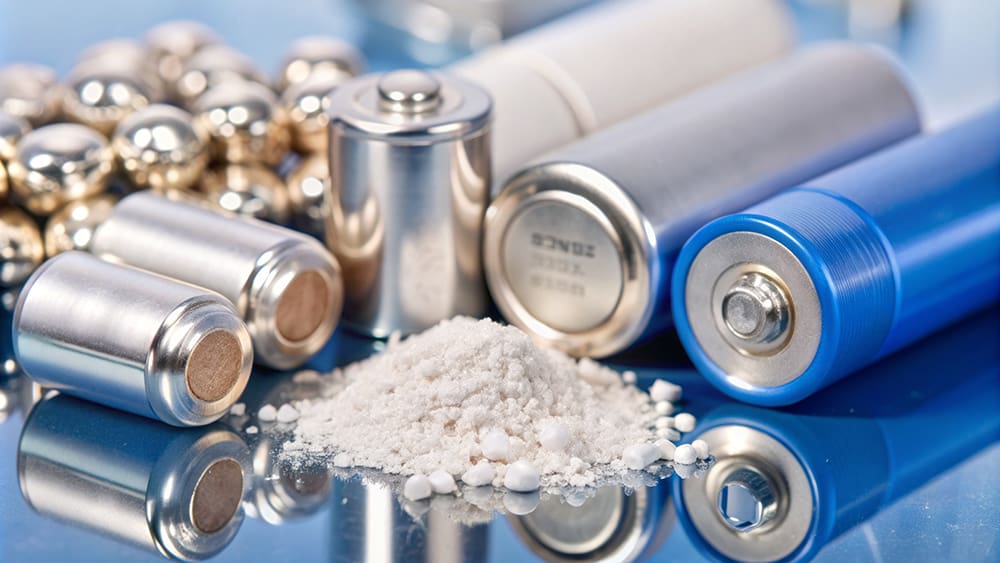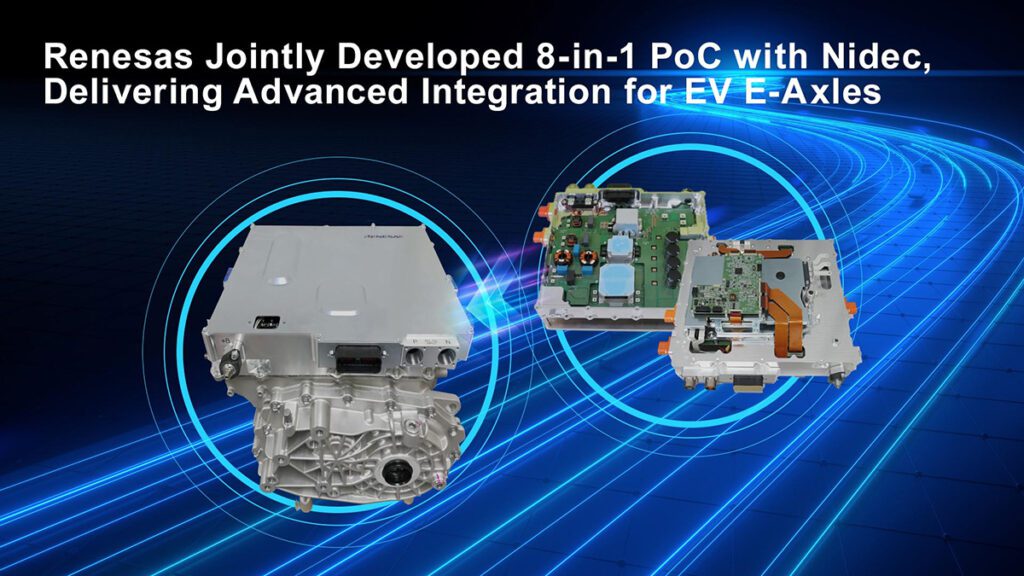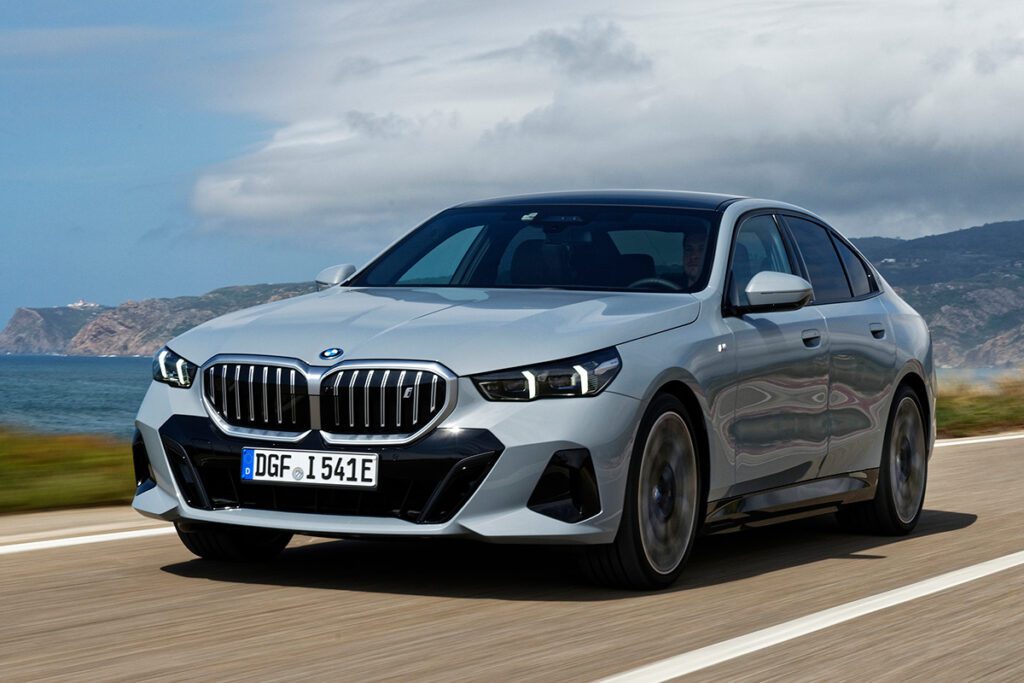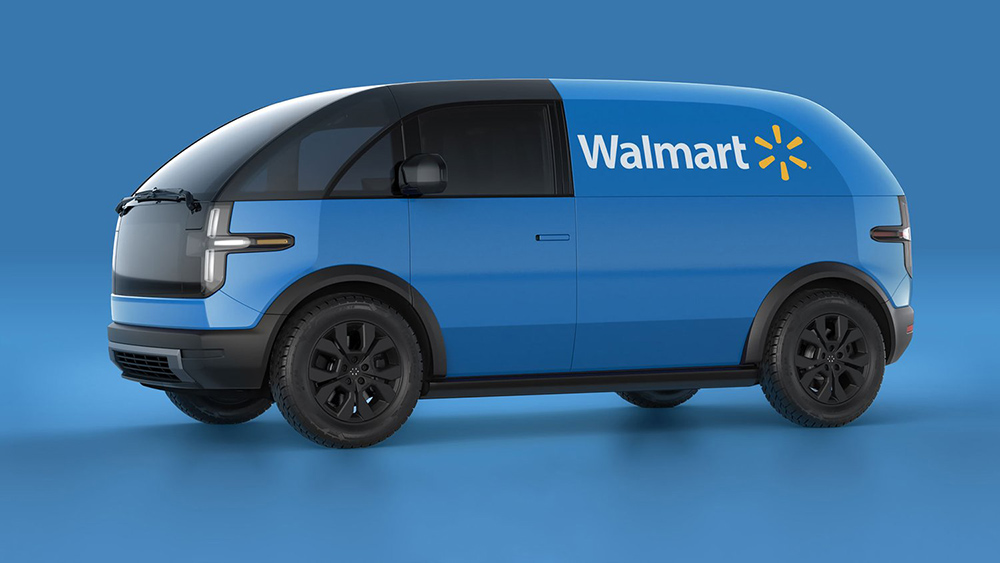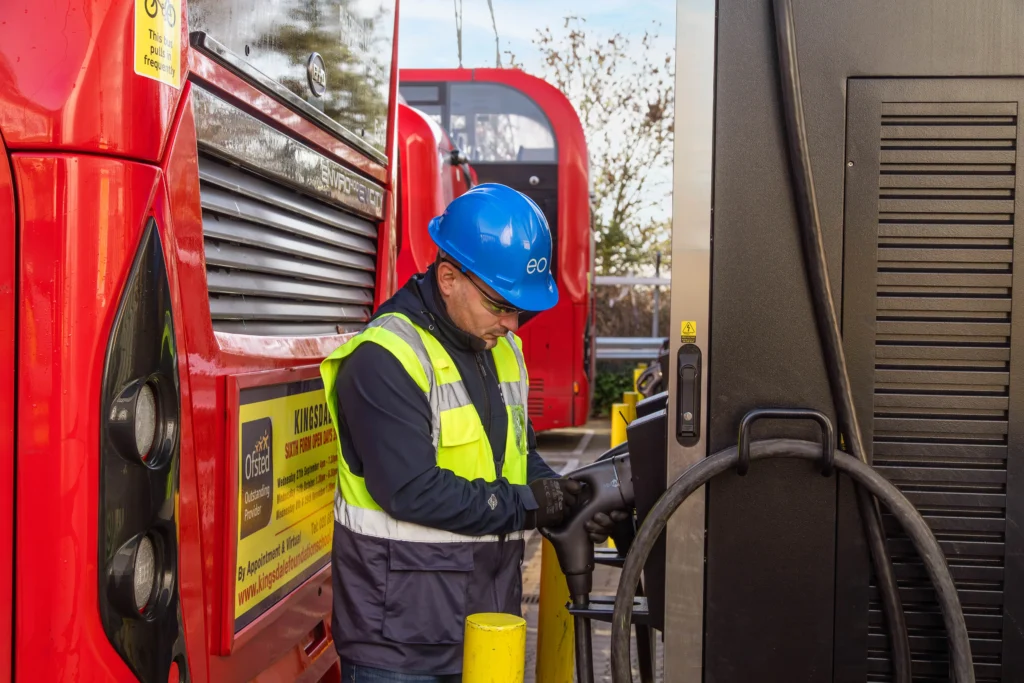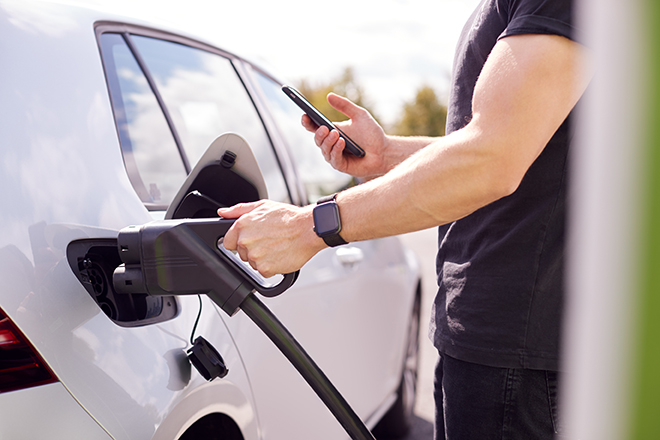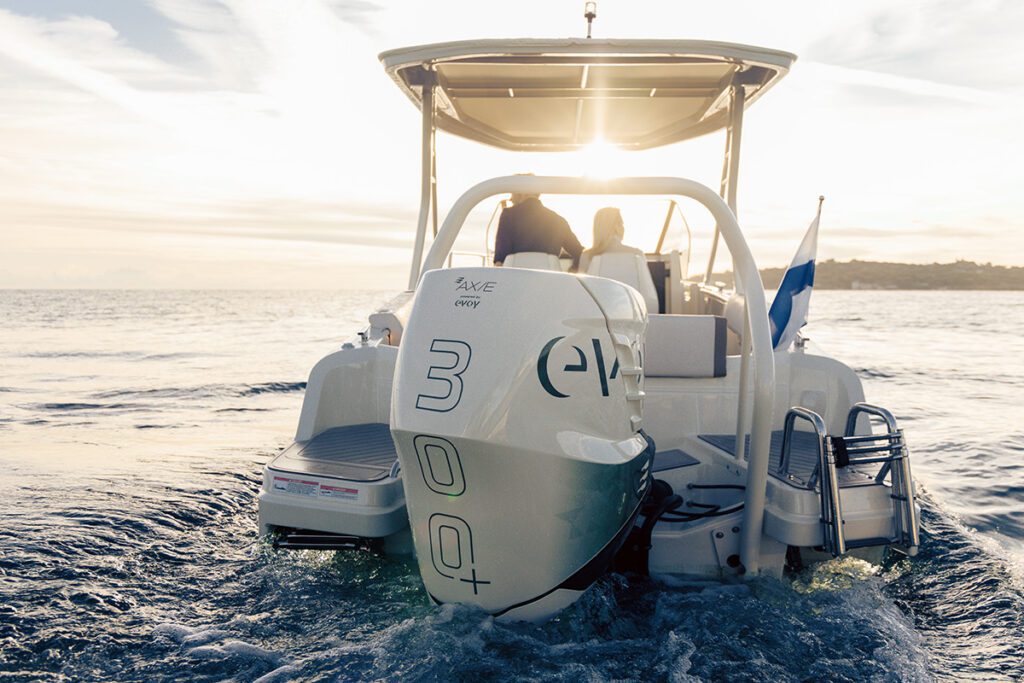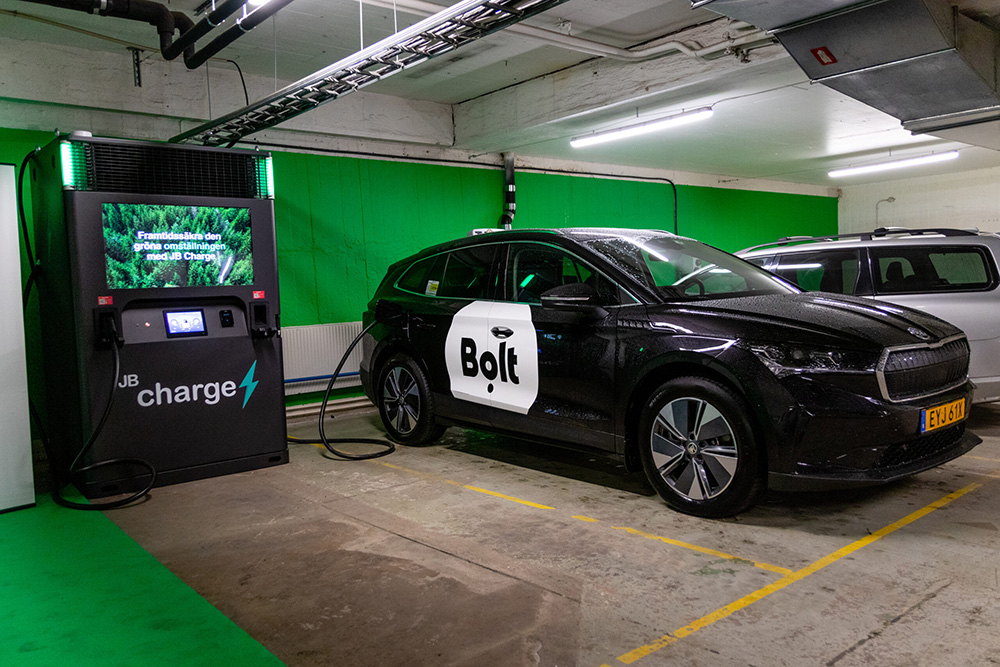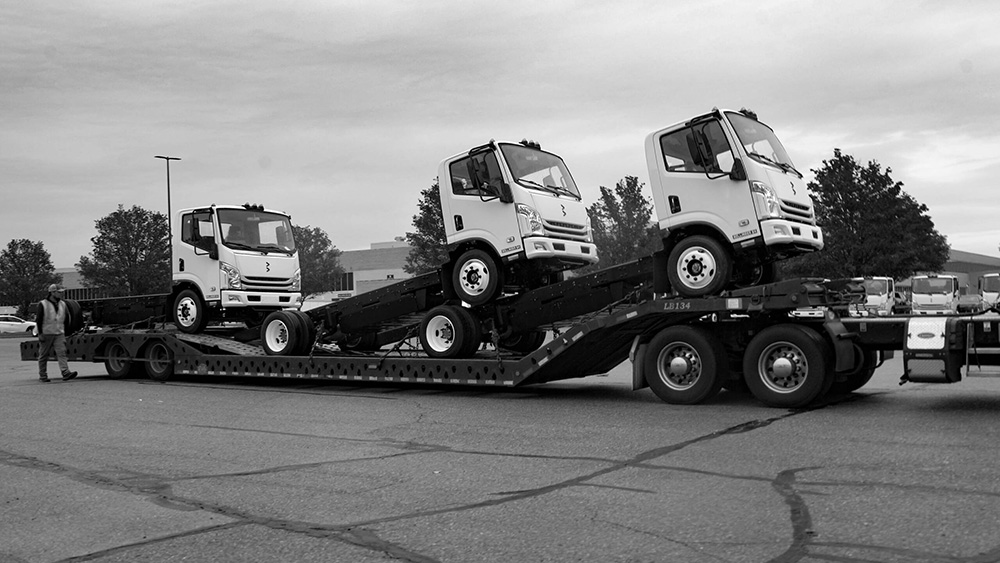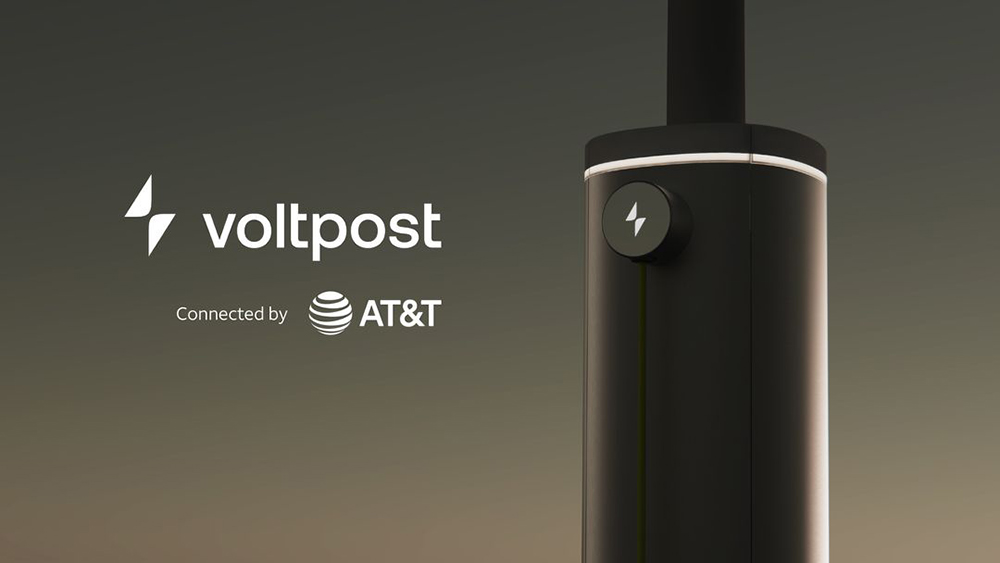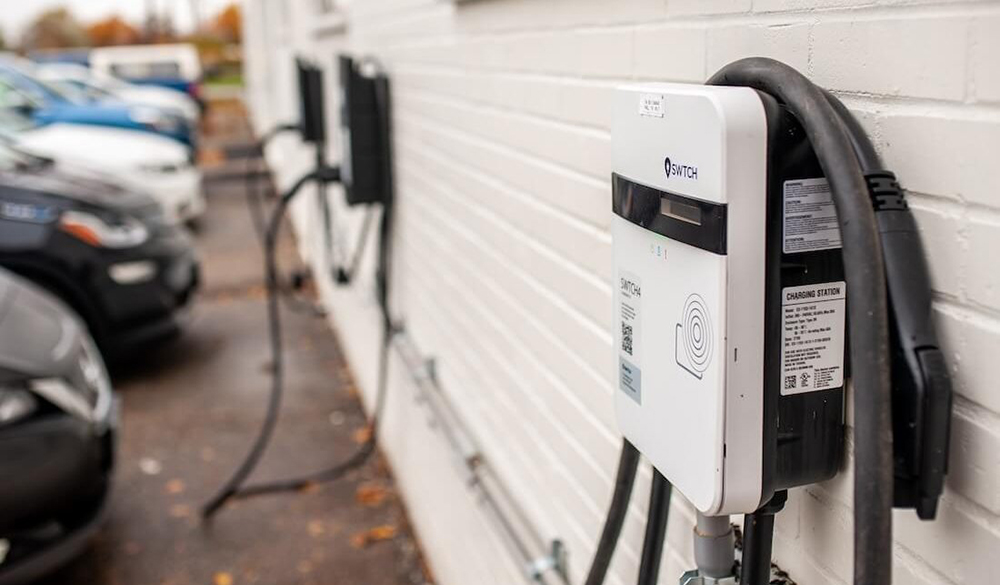Electric motorcycles are one of the most interesting stories in the EV world today, both because of their recent impressive accomplishments on the racetrack and because of the future potential for high-volume sales, especially in international markets. Ashland, Oregon-based Brammo is one of the leading makers of two-wheeled EVs, and its story has much in common with that of a certain other up-and-coming EV manufacturer.
 Founder Craig Bramscher is a serial entrepreneur who developed his business-building skills in the course of running several companies. Prior to Brammo, he was the founder and CEO of DreamMedia, a company that created some of the first large corporate websites before being acquired by USWeb in 1997. “The common thread is seeing where technology’s going and getting on that wave,” said Bramscher. “That’s what I think we’ve done again with Brammo.”
Founder Craig Bramscher is a serial entrepreneur who developed his business-building skills in the course of running several companies. Prior to Brammo, he was the founder and CEO of DreamMedia, a company that created some of the first large corporate websites before being acquired by USWeb in 1997. “The common thread is seeing where technology’s going and getting on that wave,” said Bramscher. “That’s what I think we’ve done again with Brammo.”
Bramscher told Charged the story of Brammo, which takes its name from a nickname of his that (somewhat ironically) evokes the sound of a noisy motorcycle. “Brammo actually started out as a cool hobby business. I planned on building a supercar for what I call ‘pro-athlete-size’ guys. At the time, people were pimping their Escalades and spending a few hundred thousand dollars to make them cool because there was no sports car that Shaquille O’Neal or big athletes could sit in. My goal was to build a car that was comparable, technology-wise, to a McLaren F1, but have it be American-designed, built and engineered. We were making great progress on that, but the world started to change, and a thousand-horsepower, thousand-foot-pound torque supercar with gas mileage you can’t even measure started to lose favor while we were developing it.”
“Also, even before we came to the conclusion that we needed something that was greener and still fun, we wanted to get our manufacturing chops down and improve our credibility as a new brand. So we licensed a car from the UK called the Ariel Atom [which holds the record for fastest 0-60 mph acceleration of any street-legal car], and started to produce that in the US under our own brand, with refinements for the North American market. That opened a lot of doors for us, got us in front of a lot of people. Jay Leno was one of the first guys to buy one.”
 One of the lessons Bramscher learned from working with the Ariel Atom was that American motorheads seem to get more excited about a car’s power-to-weight ratio than about sheer speed. “We don’t have an autobahn, so most people can’t really go two hundred miles an hour anyway. It’s more about the excitement of the torque and stepping on the pedal and getting mashed into the seat. That’s how we really got to electric – it was the torque, it wasn’t the green, initially. We had worked on [an electric] prototype concept based on the Ariel Atom, because it was only a twelve-hundred-pound car. Where batteries and electronics were at that time, it started to make sense.”
One of the lessons Bramscher learned from working with the Ariel Atom was that American motorheads seem to get more excited about a car’s power-to-weight ratio than about sheer speed. “We don’t have an autobahn, so most people can’t really go two hundred miles an hour anyway. It’s more about the excitement of the torque and stepping on the pedal and getting mashed into the seat. That’s how we really got to electric – it was the torque, it wasn’t the green, initially. We had worked on [an electric] prototype concept based on the Ariel Atom, because it was only a twelve-hundred-pound car. Where batteries and electronics were at that time, it started to make sense.”
However, the original licensor of the Ariel Atom demanded an exorbitant royalty rate, so Bramscher and company decided to build their own car instead. This was in the days before Tesla hit the headlines.
“We got so enamored of the electric performance that we realized, wow, there’s really something here, so let’s figure out if we can be one of the early folks to solve the problems of electric vehicles. But no matter how we did the math, we kept realizing that the batteries just weren’t quite there yet. The lithium-ion batteries were much better and made it feasible, but it still wasn’t quite enough range.”
Capital requirements were another factor. The Brammo team figured that they could probably get an electric motorcycle to market and become profitable with a couple hundred million dollars, whereas for a car, they’d need a couple billion.
“So we focused on the motorcycle, and we knew it was actually a more challenging problem because of the amount of space and the power-to-weight ratio. A car or a bus has a lot more room and a lot more weight that we can deal with than a motorcycle. But we also thought that, if we could be one of the first great electric motorcycles, we will have solved problems that even the car makers won’t have to deal with yet. That’s kind of a nutshell version of why electric and why motorcycles. It literally did start in my garage, and now we’re in a hundred-thousand-square-foot former Walmart building in Talent, Oregon. So it’s been a long road, but it’s been a great road.”
The technology was evolving fast, and Bramscher and his team were learning so much so quickly that they decided to delay the launch of their electric motorcycle until they really had it right. “You get enamored with a new idea or new technology, and it’s easy to say ‘Let’s launch it. It’s new. It’s different. It’s better.’ But I look at it like software: When you’re working on version 1.0, it’s hard to release version 0.5.”
“We struggled a lot early on with the whole battery problem because we assumed that multibillion-dollar companies that have been working on batteries for a long time would have a solution, and that we would never have to bother with that. It turns out, it just wasn’t the case and they weren’t moving fast enough. They weren’t pushing the envelope.”

Race on Sunday, sell on Monday
As the new bike developed, it was spending a lot of time testing its mettle on the race track, so the team had a “laboratory of asphalt” where they were learning things that they wouldn’t have learned if they had focused solely on a production bike. “When Toshiro Honda said that Honda is what it is because of racing, I thought that was just an engineer’s excuse to get to go to the track. But, it really does turn out that, by setting deadlines like a race date or a speed performance level with a fixed time, you push people to do things that are a little more outside the box. I think engineering in general is a conservative practice. It’s about safety and performance, but kind of safety first, and when you go racing, you move a little faster. I think there was probably two and a half years of development of racing that ended up leading to the Empulse.”
“We were working on the Enertia as a production bike – it wasn’t a racing bike. It wasn’t a scooter, but it wasn’t a Ducati Monster competitor yet, either. So, the Enertia came out really as a commuter and an alternative to a scooter, so you could be in the motorcycle club. It was upright and comfortable and fun and easy to ride and a blast and all of that. It wasn’t going to go a hundred miles an hour.”
However, racing continued to push Brammo to build high-performance bikes, such as its TTX, which made its debut in a race around the Isle of Man, and then evolved into the production Empulse and the new Empulse RR, a race bike that goes 170 miles an hour and has been beating some gas bikes in races. “That’s the future of the technology, and we’ll always follow that path and let racing help us accomplish both R&D and marketing and also pushing the envelope so we can continue to improve what we bring to production.”
Brammo is still actively engaged in racing. “It’s always a challenge, because motorsports is quite expensive. It’s not the biggest priority for capital, but it’s a priority. This year is very much focused on production. We’ll still be going to races, but it won’t be as big an effort until we’re ready to develop the next bike. I’d say 2015 will probably be a bigger year for racing again, as we continue to evolve. It is a big part of the heritage of the company, and it will continue to be.”
Dealing with dealers
Brammo was hoping to distribute its bikes through Best Buy stores, but that deal didn’t work out. “In America, there are twenty to thirty million motorcycle riders, and to get in front of them, most people put bikes in motorcycle stores, and that’s a limited number of visits and impressions. Best Buy was getting hundreds of millions of visits a year, so the idea was to take the Enertia, which was appealing to people who understood electronics or that liked new technology, and [to sell it at] Best Buy. They were looking at electric vehicles in general for distribution, because they are an electronics store. I still believe it was a great idea, we ended up selling a lot of bikes in the few stores that we were in. But, I think it was so new for the blue shirt guys that it was hard to keep those people trained and get enough exposure with them, because of the turnover and so forth. The other problem was that the market really changed for companies like Best Buy in 2009, after the 2008 debacle. So I think it was just a case of bad timing.”
“Around that time, the Empulse was coming out, and suddenly our products could be sitting alongside a BMW or a Ducati or a Harley or something like that, in a motorcycle store. So, now we’ve gone kind of full circle. Now, we’re signing up traditional motorcycle dealers that want to bring a new brand on – it just happens to be electric but it’s competitive with gas.”
Brammo currently has fifty dealers, and plans to expand that number to a hundred pretty quickly.

Motorcycles in Paradise
In an interesting parallel with Tesla, Brammo lucked into a chance to acquire an enormous new facility in an ideal location, one that would offer it plenty of room to scale up future production. “We were planning on building a facility, and then that Walmart building became available in Talent, which is just one more exit off the freeway from where we were. It is a hundred thousand square feet and even though it’s more than we need today, it’s on target for what we need over the next few years as we scale up. And it has allowed us to consolidate all of our efforts. So, we’re set to scale to the point of profitability and high volume.”
 “Oregon is super-supportive of green endeavors and clean tech and things like that, so we feel like we’re in the right place. Probably more important, there’s a sixty-mile loop right outside our front door that’s one of the most amazing rides in the country. Even though we have seasons here, there are three hundred some-odd days of riding weather. It’s a great place for a company like this. Having lived through the dot-com era, we want people to be here for the long haul and not get burned out and have a balanced life. They can go skiing or fishing or riding, and I think everybody’s better for it in the long haul.”
“Oregon is super-supportive of green endeavors and clean tech and things like that, so we feel like we’re in the right place. Probably more important, there’s a sixty-mile loop right outside our front door that’s one of the most amazing rides in the country. Even though we have seasons here, there are three hundred some-odd days of riding weather. It’s a great place for a company like this. Having lived through the dot-com era, we want people to be here for the long haul and not get burned out and have a balanced life. They can go skiing or fishing or riding, and I think everybody’s better for it in the long haul.”
The Ashland lifestyle was a help to the company as it recruited lots of talent from outside the area. “If people like motorcycles, there’s only so many cool jobs. If you happen to like electric motorcycles, that pool is smaller. The electrical engineers and mechanical engineers that love racing and motorcycles and all that – if we can get them to visit, they usually fall in love.”


Electrifying the world
Brammo has big plans for international expansion. “Now that the 2014 Empulse is homologated, we can expand into Europe. In the European market motorcycles are transportation – in North America, they’re really recreation, so there’s a bit of a difference in demand and interest.”
“We’re already in Hong Kong with Jackie Chan, who is actually our distributor through a company there. We’ve got the footprint, and now we need to build up sales and produce product. We were somewhat constrained before in our space, but now we have the ability to scale up based on demand. This year is about getting bikes into customers’ hands and growing the brand, so the word starts to spread.”
Making sure the bikes are street legal in different international markets is an ongoing effort. “There are rules to get any new bike on the street and every year they need to be homologated for that. Because electric is so new, there are different rules around it. Obviously, emissions are no problem, and obviously the testing that we’ve done makes the bike very safe. Questions arise around [electromagnetic compatibility], the things that happen when you have a lot of electronics on board. Those challenges are unique for Europe versus the US, so we have to make sure the bike would be street legal in both locations, and once it is, then we can start selling them there.”
2014 and beyond
The 2014 Brammos feature a lot of refinement and subtle improvements over last year’s models. “To the naked eye, it’s pretty similar to the previous year, but the refinements are there at almost every level, so it’s a second-generation version of the bike that is more refined and super high-quality. Now that we’ve launched the battery warranty as well, we really refined the battery packs, which are Brammo-designed, engineered and built.”
Brammo bikes feature a 3 kW Level 2 charger. DC fast charging could be a practical option for the future. “We do it on the race bikes now. There’s two ways to get production cost down on a vehicle. One is to get the cost of batteries down and the other one is to have to put less battery on board. The only way you’re going to get to that is fast charging. I think that’s where the industry is going to go.”
“If it’s a bigger bike, say a thousand-CC equivalent with a lot more battery on board, Level 3 charging really changes the game for that. The standards are developing for Level 3, so we’re always keeping an eye on it and seeing what BMW and Nissan and all those guys are doing, because as those charging stations evolve, we need to follow that and make sure we’re compatible with whatever the latest and greatest car charging network is.”
 Brammo has an eye on the next iteration already. “The technology continues to evolve at a pretty rapid pace. Our R&D will never stop until electric is as mature as gas, and it took a hundred years for gas to get to where it is today, so there’s a lot of work to be done on electric. We’ll see more and more range and a little bit more speed out of subsequent years of each product.”
Brammo has an eye on the next iteration already. “The technology continues to evolve at a pretty rapid pace. Our R&D will never stop until electric is as mature as gas, and it took a hundred years for gas to get to where it is today, so there’s a lot of work to be done on electric. We’ll see more and more range and a little bit more speed out of subsequent years of each product.”
“We’re also looking at other platforms we can go after. The Empulse is really a sport bike, alongside a Triumph Triple or a Ducati Monster or something like that. There are other segments that we’re interested in pursuing – everything from dirt bikes to cruisers to large scale bikes – but they’re always limited by the technology.”
Brammo is also exploring the possibility of building drivetrains beyond two wheels. It’s developing a relationship with Polaris, the leading builder of utility and neighborhood EVs, which recently acquired Gem Vehicles and the European company Goupil, and is very interested in offering electric versions of its products.
“They are investors and there are some things we still can’t go into too much detail about. We’re a great fit with them – they’re very helpful to us in scaling the company in terms of their know-how and expertise. They’re obviously the leading side-by-side manufacturer in the world, so we’re working on things with them that will bring our technology and their capability to market.”

Taking it to Wall Street
Brammo has been talking about an IPO, but the goal is to achieve profitability first. “I’ve been vocal about an IPO as a goal of the company. Time moves on and things always take longer than you’d like, so the ultimate goal is to have a path to great profitability and go public. I should probably stop suggesting a time. We’re going to do it as soon as it’s appropriate and we’re always working with the investment bankers from New York to keep them abreast of where we are, so that when the timing is right, both for the market and for Brammo, we’ll move down that path.”
“Our goal is to go public and be profitable on less than two hundred million dollars total capital in the company, whereas, if you look at Tesla or any car company, it’s a couple billion dollars. It’s an order of magnitude less capital, but you still need to raise it, so we’re almost always out raising money to get us to the next stage.”
Brammo currently has around seventy employees, a number that will probably grow as it raises more capital. It doesn’t release production or sales numbers, but may start doing so as its get closer to the IPO.
Along with raising more capital, the company’s other top priority is expanding into European and Asian markets, which it sees as the key to remaining a market leader. BMW has announced plans to produce an electric scooter, and Bramscher expects all the other motorcycle companies to get into the market sooner or later. Several of them have prototypes or concepts out there. “Almost all of them stay in contact with us, probably to get in touch with what we think the market’s doing because we’re obviously out there, focused on it a hundred percent. We have some idea where everybody is, and we believe we have an advantage. Obviously, those are very big companies, so we want to work to get market share, so as the market evolves, we can be in a good position.”
There are several other manufacturers dedicated to electric motorcycles, but each one seems to occupy a different niche. Bramscher sees Zero as a possible competitor for the Enertia. “They evolved from a mountain bike developer and originally designed it light-weight, so the earlier bikes were a lot different than the bikes today. They had really focused originally on dirt, and we had always focused on the road. So, we’re looking at dirt and they’re pushing more toward the road. I think there’s room for all of them out there.”

Ride one, and you’re hooked
An electric motorcycle may seem like a niche product, but that may change as more and more riders experience them. “What we’ve found is, if we get people who love motorcycles on the bikes, they’re always stunned with both the performance and the fact that in many ways it’s a better experience. Anybody who loves a motorcycle and rides this has a good shot at buying one. The total cost of ownership is cheaper, and these things handle amazingly well, because of the weight distribution and the way we’ve designed it.”
“Most of the people who are buying the Empulse have had multiple bikes and are kind of refined motorcyclists in terms of sophistication. There’s another batch of them who just love new technology and probably wouldn’t be riding a bike. But once it’s electric, they’re there. I think it’s similar to people who buy a Tesla – they may be a car lover, or they may be interested in the zero emissions. But, at the end of the day, you want something that’s cool and fun if you’re going to spend the money on it.”
This article originally appeared in Charged Issue 12 – FEB 2014



